Aplastic Anemia Treatment Cost in India
Unlock Exclusive Discount : Your Gateway to Premium Healthcare with Medsurge India Health Value Card.

Unlock Exclusive Discount : Your Gateway to Premium Healthcare with Medsurge India Health Value Card.

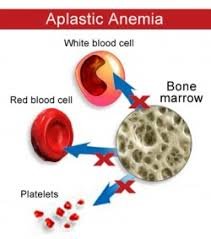
Aplastic or aplastic anemia occurs when the bone marrow no longer produces enough hematopoietic stem cells. However, these are at the origin of all blood cells, of which the three sorts are: white blood cells, red blood cells, and platelets.
Aplastic anemia hence causes three types of symptoms. Main, those that are common to different types of anemia: either the signs of a deficiency in red blood cells and therefore of deficient oxygen transport. Then, the symptoms associated with the lack of white blood cells (vulnerability to infections), and finally, the lack of blood platelets (coagulation disorders).
It is a very rare form of anemia. Depending on the case, it is genetically acquired or inherited. This disease can appear suddenly and last a short time or become prolonged. Previously nearly always fatal, aplastic anemia happens to be now treated much better. Nevertheless, if it is not quickly other diseases, counting cancer.
This disease can happen at any of ages and affects treatment, it will worsen and lead to death. Patients who are successfully treated are at greater risk of developing other diseases, including cancer. So, individuals who are struggling with its symptoms immediately approach aplastic anemia treatment in India and live a normal life.
This disease can occur at any age and affects both men and women (but is generally more serious in men). It seems more frequent in Asia than in the United States or Europe.
Watch Video – https://www.youtube.com/watch?v=aLKWUNJ55k8
In 70% to 80% of cases, the disease has no identified reason. It is then said to be a primary aplastic or idiopathic anemia. Otherwise, here are the factors that may be responsible for its appearance:
It is important to differentiate plastic anemia from other diseases that look like it. Certainly, this syndrome used to be diverse from the anemias that are found in the case of definite cancers and their treatment.
On an average Aplastic Anemia Treatment Cost in India starts from USD 18000. For Aplastic Anemia Treatment Cost in India, the expenses are subject to variation based on the patient’s condition and the specific treatment approach chosen by the doctor following the results obtained.
| Treatment | starting Price |
| Chemotherapy | USD 1200 |
| Bone Marrow Transplant | USD 18000 |
| Radiation Therapy | USD 3800 |
| Immunotherapy | USD 700 |
| Cities | Starting Price |
| Delhi | USD 18000 |
| Gurgaon | USD 18000 |
| Noida | USD 18000 |
| Mumbai | USD 18500 |
| Hyderabad | USD 18000 |
| Chennai | USD 18000 |
| Kolkata | USD 18000 |
| Bangalore | USD 18500 |
Please note that the pricing and the treatment for Aplastic Anemia Treatment cost in India will vary depending on the patient’s choice and other various factors.
The following here are some variables that can affect Aplastic Anemia Treatment Cost in India:
In addition, the quality and level of medical care and facilities offered are on par with renowned healthcare institutions worldwide, even after factoring in the costs of accommodation, meals, and transportation. Moreover, under the guidance of highly proficient doctors, Medsurge India ensures that patients receive the most affordable Aplastic Anemia Treatment Cost in India.
Those linked to a low level of red blood cells: pale complexion, fatigue, weakness, dizziness, and rapid heartbeat.
Those linked to a low level of blood platelets: easily bruised skin, abnormal bleeding from the gums, nose, vagina, or gastrointestinal system.
AA can be suspected if the child has the listed complaints and symptoms, and confirm based on the results of a clinical blood test, where the number of red blood cells, white blood cells, and platelets is sharply reduced. Other clinical and laboratory studies are also being performed, but the final diagnosis is made only by analyzing a bone marrow sample obtained by puncture and/or trepanobiopsy. A bone marrow examination is necessary to exclude other possible causes of blood cell deficiency, such as leukemia, myelodysplastic syndromes, myelofibrosis, etc.
In aplastic anemia, a bone marrow examination indicates aplasia or hypoplasia of hematopoiesis – that is, the bone marrow practically does not produce blood cells or produces them, but significantly less than necessary. Thus, experts can conclude that the deficiency of blood cells is associated with their insufficient formation in the bone marrow, and not, for example, with their accelerated destruction in the blood.
Treatment for severe and superheavy AA should be started immediately after diagnosis since a condition of a serious deficiency of all blood cells is life-threatening. If the development of AA is caused by a specific external cause (medication, radiation), then this cause must be removed first. However, as already mentioned, some external factors in the development of the disease can be established only in a very small number of cases.
Since AA is presumably autoimmune, immunosuppressive therapy is widely used to treat it – that is, a therapy that is aimed at suppressing the immune system that “attacks” bone marrow cells. Typically, such therapy includes anti-thymocyte globulin (ATG) or antilymphocyte globulin (ALH) in combination with cyclosporine; steroid hormones such as methylprednisolone can be used to prevent side effects of ATH. The response to this therapy, as a rule, arises slowly: in case of success, the bone marrow gradually recovers several weeks or months after the administration of drugs and begins to produce healthy cells.
Know More - Bone Marrow Transplant Cost in India
Hospitalization is usually necessary for a course of immunosuppressive therapy for AA. The main complications during treatment are infections and bleeding. If there is no response to the first course of therapy, repeated courses can be carried out. Immunosuppressive therapy is effective in approximately 70% of cases. Unfortunately, some patients have relapses of the disease after it.
Medsurge India offers the best Aplastic Anemia Treatment Cost in India at an affordable price for international patients coming to India under the supervision of the most trained doctors.
A: Treatment of Aplastic anemia in India is offered at an entirely moderate expense, particularly when contrasted with western countries. The general aplastic anemia treatment cost in India changes on numerous components. A portion of the significant elements that can affect the expense incorporated by and large health of the patient, the experience of the surgeon, extra medical diseases or complications, rehabilitation and that’s only the tip of the iceberg.
A: Aplastic anemia can be moderate to extreme or life-threatening relying upon the degree of blood cell count. The specialist, for the most part, gives blood and platelet transfusions to keep up a satisfactory measure of blood cells in the patients. In any case, when the blood cell count stays low considerably after blood transfusions, the condition is viewed as life-threatening. This is portrayed by an intense loss of blood cells and symptoms are unmistakable.
A: If you experience visits and prolonged infections, irregular or rapid heart rate, steady headache, dizziness, and fatigue, nosebleeds, and prolonged bleeding from cuts or bleeding gums; you should refer to a doctor and get your ailment checked thoroughly.
A: Everyone is eligible for a stem cell transplant or can discover a donor. For the most part, just youngsters can experience it effectively.
A: Bone marrow intoxicating drugs might cause provisional redness, itching or irritation in your skin. Your body may reject foundational microorganism transplants and result in life-threatening conditions. Also, A: Bone marrow transplant is an escalated treatment that may cause genuine resistance issues and diseases. Opposite reactions incorporate sterility and brief balding. Patients under 40 are the best opportunities for a bone marrow transplant. As you cross the age of 40, the likelihood of getting eased of Aplastic Anemia with bone marrow transplant is decreased.
A: The drugs that you expend when the treatment may debilitate your immune system. You should see a doctor at the absolute first indication of infection, for example, fever. Try not to overlook any such signs. Stay away from outside exercises that may bring about cuts or falls. Keep the separation of sick individuals. Wash your hands routinely. Play it safe so as not to get any infection.
A: The timeframe of recovery relies upon the severity of your condition.
A: The cost of a bone marrow transplant can be between ₹2000000 – ₹3500000.
A: The aftereffects of the treatment might be permanent. By and large, aplastic anemia may return when you quit ingesting the prescribed medications.
A: There are zero substitutes for this treatment.
A: Nausea, vomiting, fatigue are a few of the immediate and quick effects patient experience after undergoing bone marrow.
A: It’s an overall safe procedure and you will recover within a few weeks.
A: Aplastic Anemia patients who get a perfect bone marrow transplant from kin endure 70% to 90% of the time. If there should arise an occurrence of a random doctor, the endurance rates steep down to half.
A: In case a bone marrow transplant is not possible in your case due to some factors, immunosuppressive drug therapy is performed. According to the reports, around 50% of the affected patients respond well to it. On the flip side, aplastic anemia is the sign that the cancer is slowly developing if you continue the drug therapy and ignore the other treatments as well.
A: Patients experiencing treatment with immunosuppressant drugs need to hold up in any event 3 months to see the blood check rising slowly; it can also take as long as a half year. If your body reacts well and there is an improvement, your doctor will decrease the measurement. If your condition doesn’t improve with sedate treatment, the best choice for Aplastic Anemia is constantly a bone marrow transplant.
A: People from the other nations must carry a yellow fever vaccination certificate during their India travel. people from countries like Afghanistan, Pakistan, Kenya, Ethiopia, Nigeria, Somalia, and Israel must conduct an oral polio vaccination certification including both children and adults.
A: If you are someone who is from Japan, Cambodia, Finland, Indonesia, Philippines, Luxembourg, Myanmar, New Zealand, Singapore, Vietnam, South Korea, Nepal, Bhutan, and the Maldives, you can enter India with a visa on arrival policy for up to 90 days!
A: Keep a substantial identification like a Passport and visa and the proof of medical treatment papers of the hospitals in India. You can apply for a medical visa to India. Up to 2 specialists who are blood family members can go with the patient under independent orderly visas.
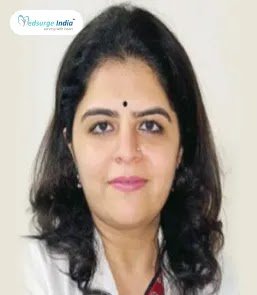
Associate Director
11+ Years of Experience
Max Super Speciality Hospital, Patparganj, New Delhi
View Doctor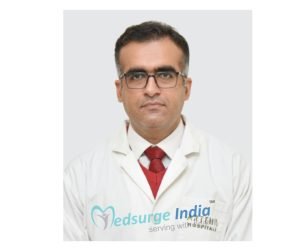



Consultant
25 years of experience
Rainbow Children's Hospital and BirthRight by Rainbow, Hyderabad
View Doctor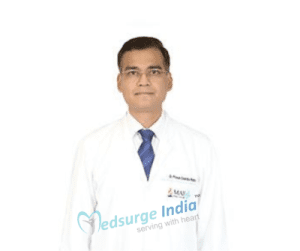

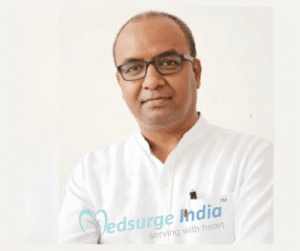

Director & Head of Department
22 years of experience
Sanar International Hospital, Gurgaon
View Doctor
Consultant
13 years of experience
BGS Gleneagles Global Hospitals, Bangalore
View Doctor
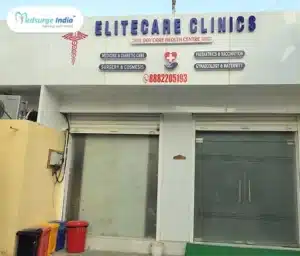
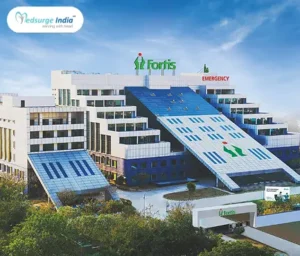

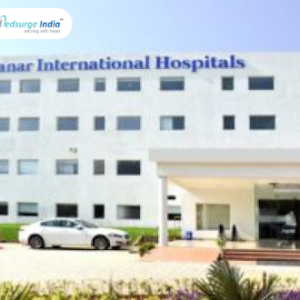
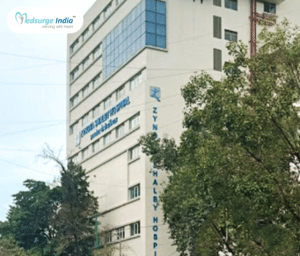
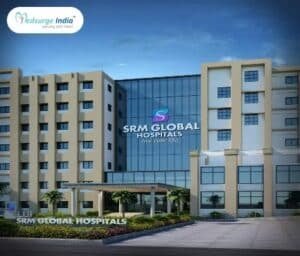
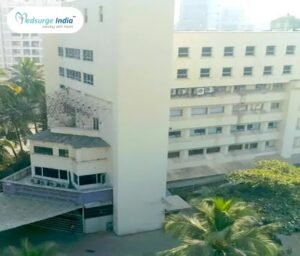
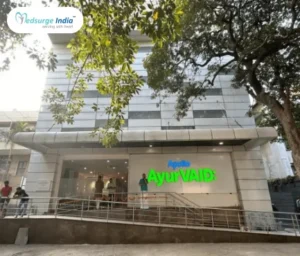
By using our site, you agree to our Terms and Conditions, Privacy Policy and Refund Policy. Medsurgeindia does not provide medical advice, diagnosis, or treatment. The information provided on this site is designed to support, not replace, the relationship that exists between a patient/site visitor and his/her existing physician. We also Accept International Payments.

Copyright © 2025 NSM ONLINE SOLUTIONS PRIVATE LIMITED. All rights reserved.